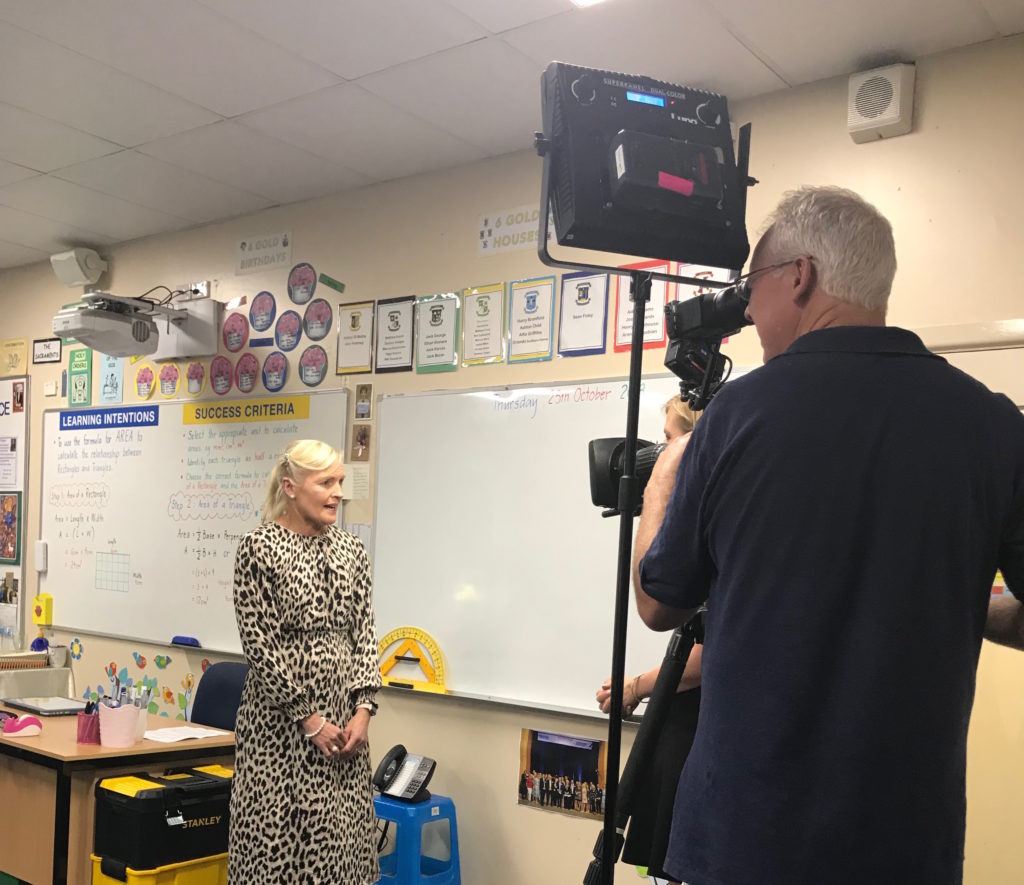Any positive media coverage is good coverage right? Not quite. The more targeted you are about your coverage, the more traction you’ll get for your message.
One of the biggest traps when it comes to publicity is the belief that the broader the media coverage, the better. In fact, more targeted coverage aimed at an engaged audience can be more likely to lead to interest and sales.
A large television audience or national newspaper readership may attract more eyeballs than a niche media platform, but the audience for an online article, podcast or video has a direct link to your site compared to a TV audience or newspaper readers who need to make the effort to search for you after seeing or reading about you, which is far less likely to happen. In addition, these select audiences choose to access the content, and are therefore more receptive to your message.
To find the right media match, first identify your goals. A seasoned PR professional with an interest in effective media coverage will pay attention to these goals and know which media outlets will help you achieve them. That will also include what your budget allows so you can sustain a PR campaign. For example, rather than work hard at getting on TV, which requires far more hours to achieve, it might be smarter to go for targeted publications each month for many months so you can build momentum and have multiple points of contact with your potential customer.
So what type of media coverage is the best for your organisation? Here are some targeted areas to consider.
Industry media
Industry or trade media specific to your line of work is a good place to start because you already have a solid idea of the audience and they are more likely to be interested in what your organisation does. If you’re an engineering firm, you may already read a publication like Engineers Australia; if you’re a shop fit-out practice, you might already have a Retail World subscription, for example.
Coverage in industry media allows you to demonstrate credibility that creates preference for your business and helps you to stand out from competitors in your industry. If your potential clients look up your business online and see that it has been profiled or quoted in your industry’s media over your competitors, then this enhances your reputation.
Similarly, if your website features the articles and they are shared in your new business proposals and other marketing, they act as a stamp of approval from your industry and carry a lot of weight.
Business media
Attaining media coverage in outlets that report on small business, big business, or entrepreneurs allows you to demonstrate your unique selling points, prove your success, or show your effective work and professionalism. It is far more impressive to have a media outlet illustrate these factors than to have you talk about yourself and promote them. Of course you are going to say you have a great business! In this case, the media acts as an independent third party.
You can use this coverage in the same way as you use industry media coverage – to confirm your credibility and in proposals and other marketing – and it is also likely to be seen by your ideal clients that read these publications and watch/hear these shows.
Consumer-focused media
If you’re a consumer-focused organisation, whether a business or not-for-profit, you’ll be looking for media coverage with a general public audience. Instead of a scattergun approach, however, you can still target a subset of people who are more likely to give you the outcome you seek, whether that’s a sale or a donation, or even a signature for a petition.
The media outlet will depend on your ideal customers. If you’re selling an innovative baby harness you could target lifestyle media like breakfast TV or parenting sites; if you’re a specialist travel agent, perhaps you could try a sports fan magazine to promote international sports tours. From local newspapers and blogs, to major newspapers and in-flight magazines, there are many other types of general media that could suit your organisation. A strategic PR agency can identify the right media outlets to reach your potential customer and be relevant to your product or service.
I always suggest you go for as many bites of the cherry possible, with multiple pieces of media coverage in multiple types of media outlets to increase your targeted visibility. For example, a consumer-focused piece of media coverage can prompt your ideal client to Google your business. From there, they might see a business profile that offers them enough credibility to prompt a visit to your website. Once on your site, they can access an industry article that impresses them or relieves them of any apprehension, leading to them making a sales enquiry.
Media coverage is more than getting your organisation’s name out there. it’s a credibility-building exercise where you leverage the power and influence of the independent third party. The best way to use that power is to select the most appropriate outlets to enhance your reputation and a PR professional can guide the way and get your foot in the door.


